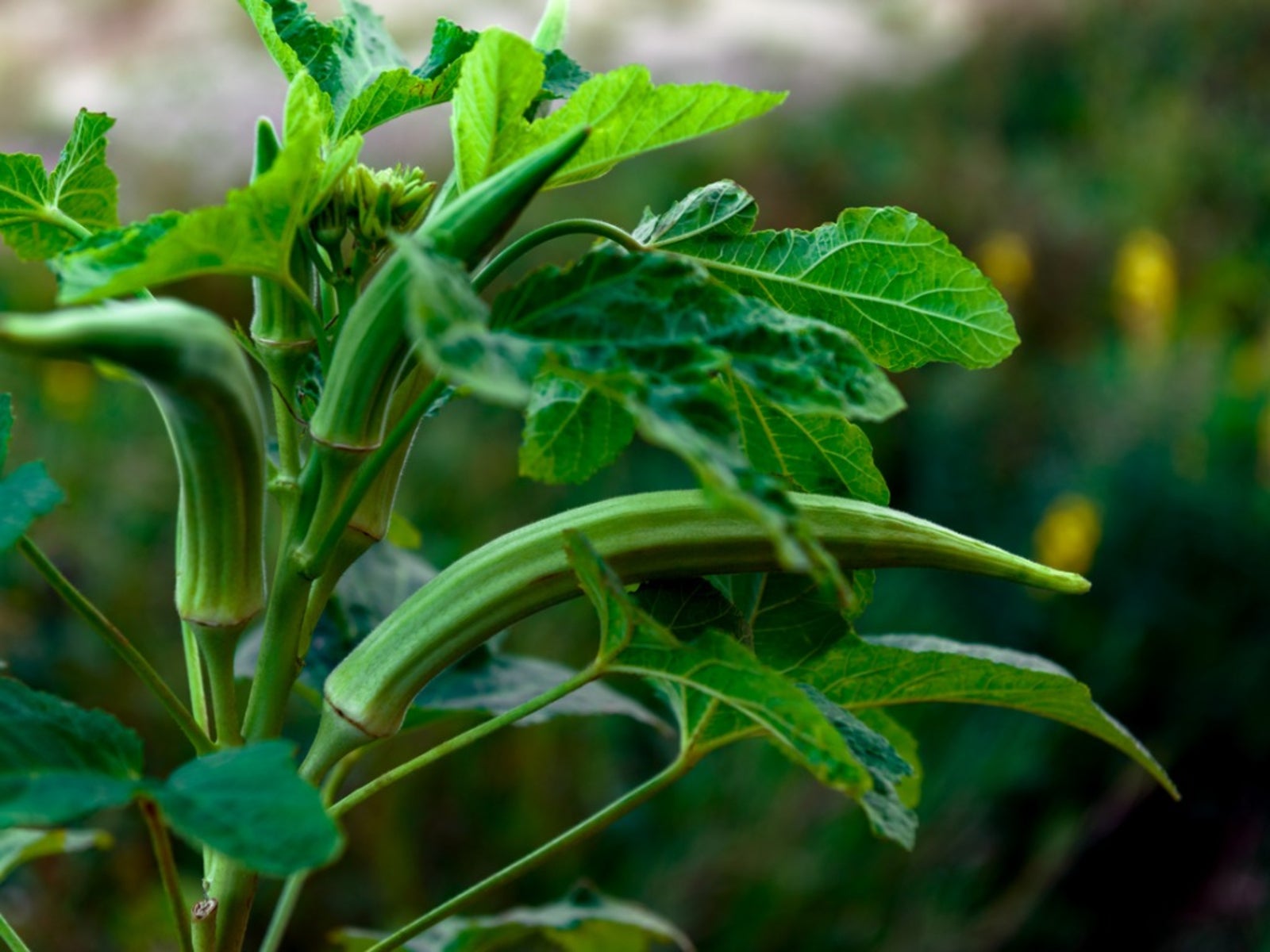Information On How To Harvest Okra


Growing okra is a simple garden task. Okra matures quickly, especially if you have a summer of hot weather which the plant prefers. Harvesting okra can be tricky, however, because you have to harvest the pods before they become tough. It takes only about four days from the time of flowering to the time to pick okra. Harvest okra every other day to keep them producing as long as possible. Harvesting okra is something you can do when you are out harvesting your green and wax beans, then it becomes habit to go out and harvest okra as it ripens.
When is Okra Ready?
Picking okra should be done when the pods are 2 to 3 inches (5-8 cm.) long. If you leave them too long, the pods get hard and woody. Once you're done picking okra, store them in plastic bags in your refrigerator where they will last about a week or freeze the pods if you have too much to use. Just remember that harvesting okra needs to be done often.
How to Pick Okra
Picking okra is simple, just test the larger pods by cutting them open with a sharp knife. If they are too difficult to cut, they are too old and should be removed as they will rob the plant of the nutrients it needs to produce new pods. If the pods are tender, use a sharp knife to cut the stem cleanly just below the okra pod. Since okra is self-pollinating, you can save some of the pods for seeds for the following year. This will make for a great crop the second time around. Instead of harvesting okra, if you want to save some pods for seed leave them on the plant and harvest okra when they become fully mature and almost dry. Remember not to do this if you still plan on harvesting okra to eat. Leaving the pods on the plant to mature like this slows down the development of new pods.
Sign up for the Gardening Know How newsletter today and receive a free copy of our e-book "How to Grow Delicious Tomatoes".

Kathee Mierzejewski was with Gardening Know How in the very beginning, writing many of the site's foundational articles.